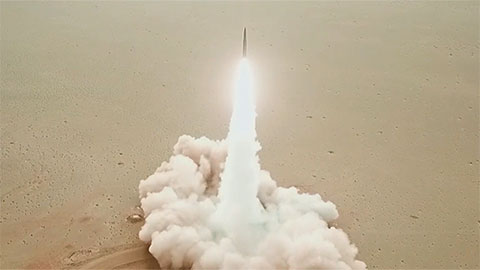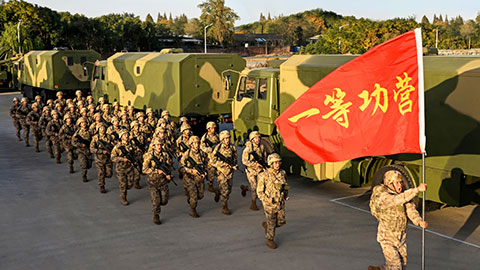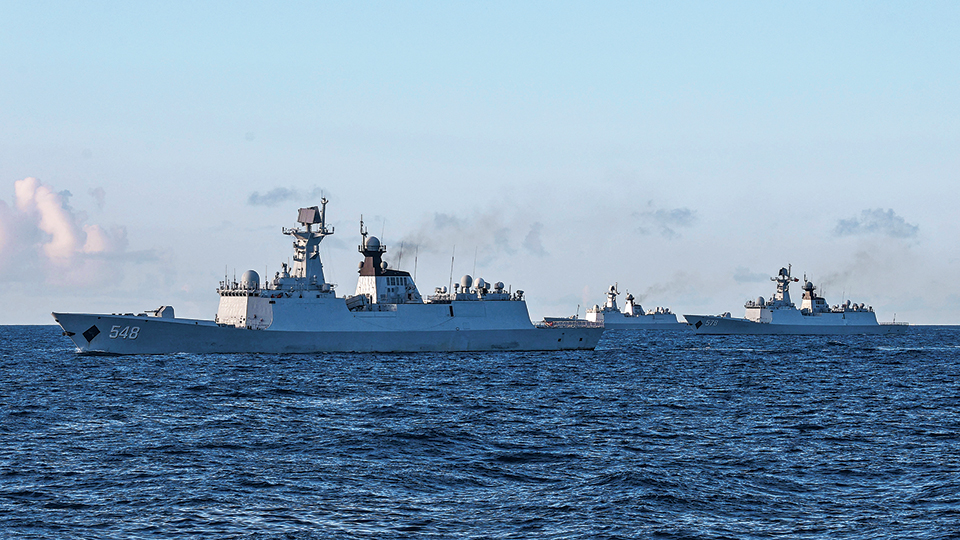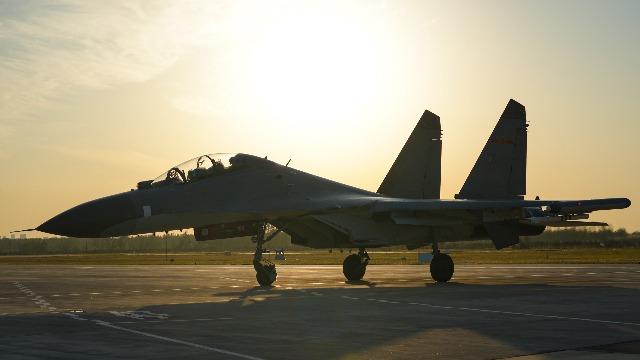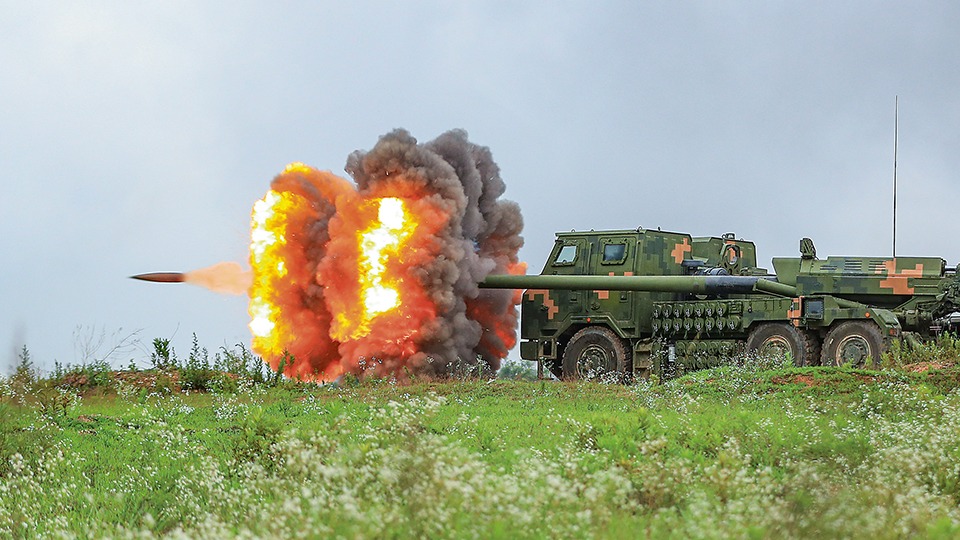By Zhang Jiadong
The US and India signed the Basic Exchange and Cooperation Agreement for Geospatial Cooperation (BECA) at the third US-India 2+2 Ministerial Dialogue held recently. Many public opinions believe that the US and India have moved toward a quasi-military alliance or even a military alliance relationship. However, in my opinion, this current asymmetric and unbalanced US-India relationship is still qualitatively different from alliance or quasi-alliance. From the Indian perspective, it has not given up its strategic autonomy yet.
First of all, it is the US who actively promotes US-Indian defense cooperation, mainly based on its own interests. Firstly, the US aims to develop a huge arms market in India, to whom the US has so far exported about $20 billion worth of arms. And it has the potential to replace Russia and become India's largest arms supplier. Secondly, the US uses India to contain China. As the leading force in the world structure, the US is to maintain the geographical balance in Asia to divide and rule. At the moment, the balance of power is only temporarily shifting towards India. Thirdly, the US will strive to constrain India's military development to a track that it can control. Once India’smilitary-industrial systemis preyed on by the US, like others of the US ally,its strategic choice will be manipulated by the US eventually. It’s obvious that India does not want such things to happen.
Then, the US-India relationship is a relationship between equals, which is different from the superior-subordinate relationship between the US and its traditional allies. When the US signed the four functional agreements with other allies, they had little room for negotiation, and most of them could only passively accept. However,the situation is different forIndia. India made changes and important reservations to prevent it from being controlled by the US when negotiating each agreement. India's strategic concerns about the US are the main reason for BECA's long-term negotiations.
Thirdly, the current international situation can no longer be explained by the new alliance or quasi-alliance system. On one hand, what the world sees today is not a bipolar confrontation during the Cold War, but a super-complex international system. The relationship between one country and its enemy cannot be clearly defined, and the relationship between the main contradiction and the secondary contradiction often changes. The relationship between the US and its allies has been "melted" to a certain extent. Japan is pursuing more strategic autonomy. The differences that Germany and France have with the US are increasing. The international environment is changing, and traditional allies' confidence in the reliability of the US strategy is declining. It is hard to imagine that India will become a new and devoted ally of the US.
On the other hand, whether it is an alliance or a quasi-alliance relationship, a clear definition of the source of common threats and interests is required, which is difficult to achieve for now. Although there are differences between China and India, some are not easy to reconcile, but there is also a vast space for cooperation and sharedinterests. Both China and India cannot use the logic of the Cold War to organize their corresponding policies towards the other and quasi-alliance systems.
Finally, India's self-position as a major power is still an important factor in observing US-Indian relations. India has always regarded itself as a major power globally since its founding and is unwilling to be the younger brother of any country. With the significant reduction of the US's capability and willingness to lead the world, and India's significantly rising and is expected to become a new pole in the multipolar world, India has no reason to slip into the US orbit and reduce itself to be at the mercy of the US.
India's goal is to use the strategic importance attached to it by the US to obtain more benefits and resources from the US to accelerate its own rise. India's plan has the possibility of short-term profitunder the current background that the two countries are confronting China. But in the long run, the goal of the US is to prevent any important strategic area from being dominated by any country other than the US.
Compared with the geopolitical structure in East Asia where power coexist, South Asia and the Indian Ocean lack internal checks and balances. As a result, they are more likely to be dominated by a single country, and their geographic location is more important. The US may not prioritize the Indian Ocean for now, but it will not ignore this strategic risk in the long run.
In short, US-India defense cooperation still has room for development, and the two countries may continue to check and balance China when China is strong and India is weak. However, with the development of India, once the power balances between the three countries changes, the current US-India defense cooperation relationship will face serious challenge, because the logic of major power politics applies not only between China and the US, but also between the US and India.
(The author is a professor with the Center for American Studiesand director of the Center for South Asian Studies,Fudan University.)






